Hayter, Stanley William
Stanley William Hayter, born December 27, 1901, died May 4, 1988, was a British painter and printmaker associated with the New School of Paris. His work is of major importance in the history of modern printmaking. Read the biography
Affichage de 1–12 sur 17 résultatsTrié du plus récent au plus ancien
-
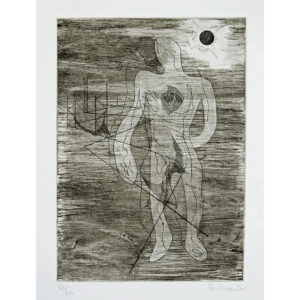
Plate I for the Apocalypse
Stanley William Hayter
1 300€
-

Panel III for the Apocalypse
Stanley William Hayter
RESERVED
-
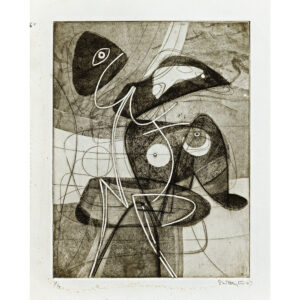
Virtual Character
Stanley William Hayter
2 000€
-
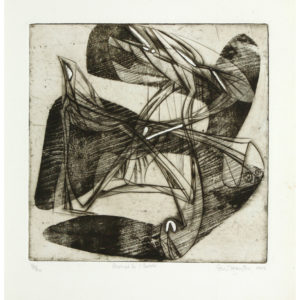
Insect prestige
Stanley William Hayter
3 800€
-

In "Apocalypse", plate 2
Stanley William Hayter
1 300€
-
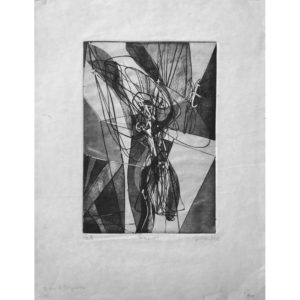
Descent
Stanley William Hayter
2 300€
-

Greeting Card 1956
Stanley William Hayter
350€
-
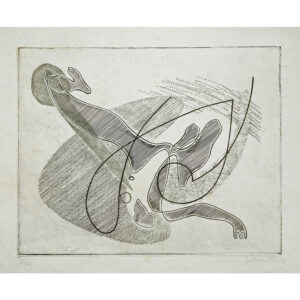
Murder
Simon William Hayter
2 300€
-

Characters threatened by flame
Stanley William Hayter
2 300€
-
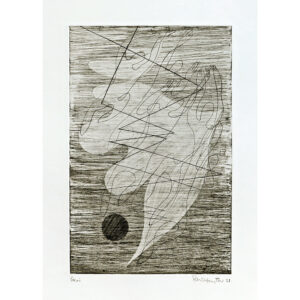
Panel V for the Apocalypse
Stanley William Hayter
1 300€
-
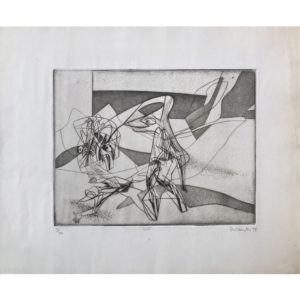
Rape
Stanley William Hayter
RESERVED
-
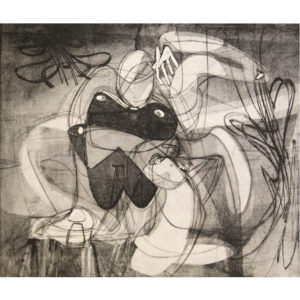
Octopod
Stanley William Hayter
4 500€
Biography of Stanley William Hayter
Born in London in 1901, Stanley William Hayter trained as a chemist and geologist, before moving to Paris in 1926. He began taking classes at the Académie Julian, but soon left and met the engraver Joseph Hecht. In contact with Hecht, Hayter decided to take up engraving and exhibited at the Salon d'Automne in 1926. Appreciating collective work, he attracted many artists around him, leading to the founding of Atelier 17, officially opened in 1933.
The workshop functions as a collective project with no financial or artistic constraints: Hayter asks only for the money needed to buy materials, and imposes no particular style. Drawing on his training as a chemist, which has led him to manipulate colors, he offers advice and a place for all artists wishing to innovate.
During the war, he went into exile in New York and his works were exhibited at MoMA, alongside those of his Atelier 17 collaborators. Driven by his collective art project, Hayter welcomed many major artists into his studio, including Joan Miró, Marc Chagall, Max Ernst, André Masson, Pablo Picasso, Pierre Alechinsky...
Hayter produced a large number of prints. His work evolved from figuration to abstraction; he experimented with color, and moved closer to optical art in the 60s. He engraved his own works, illustrated books and produced numerous works until the end of his life in 1988.
